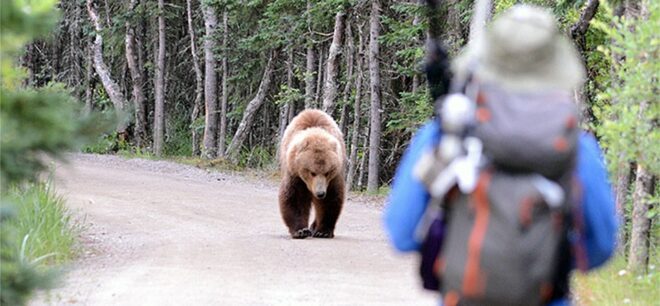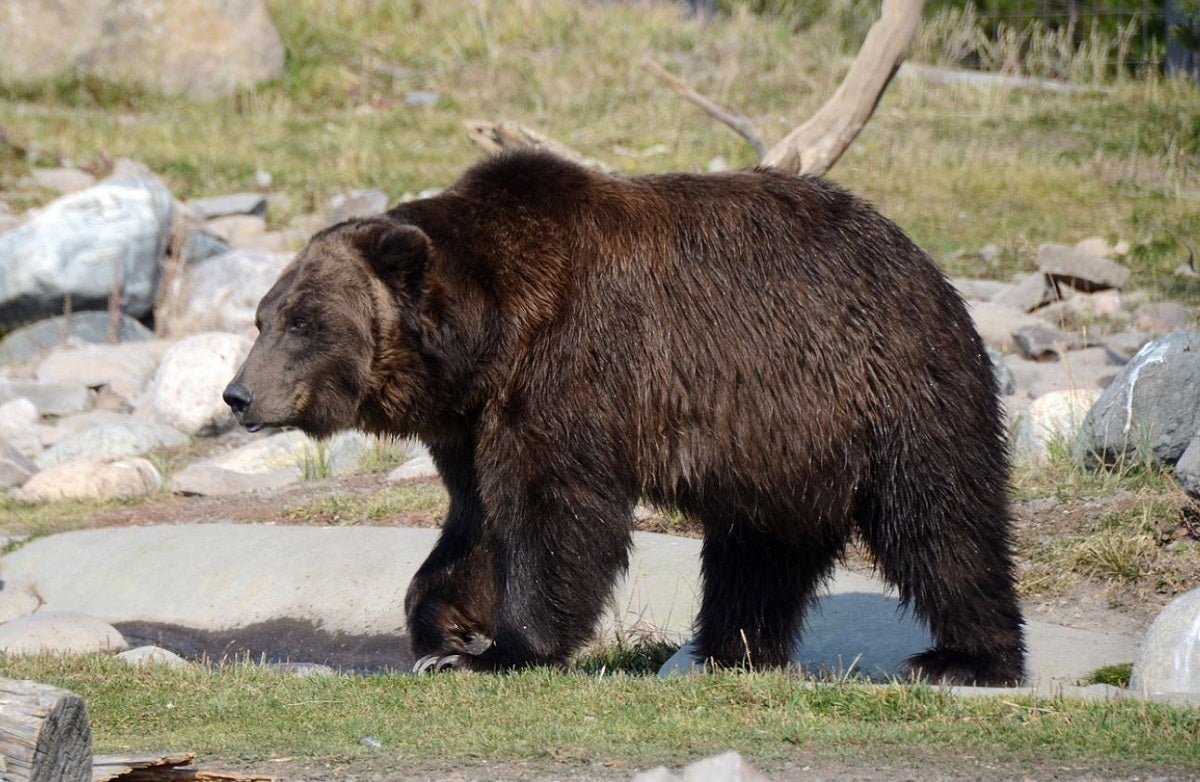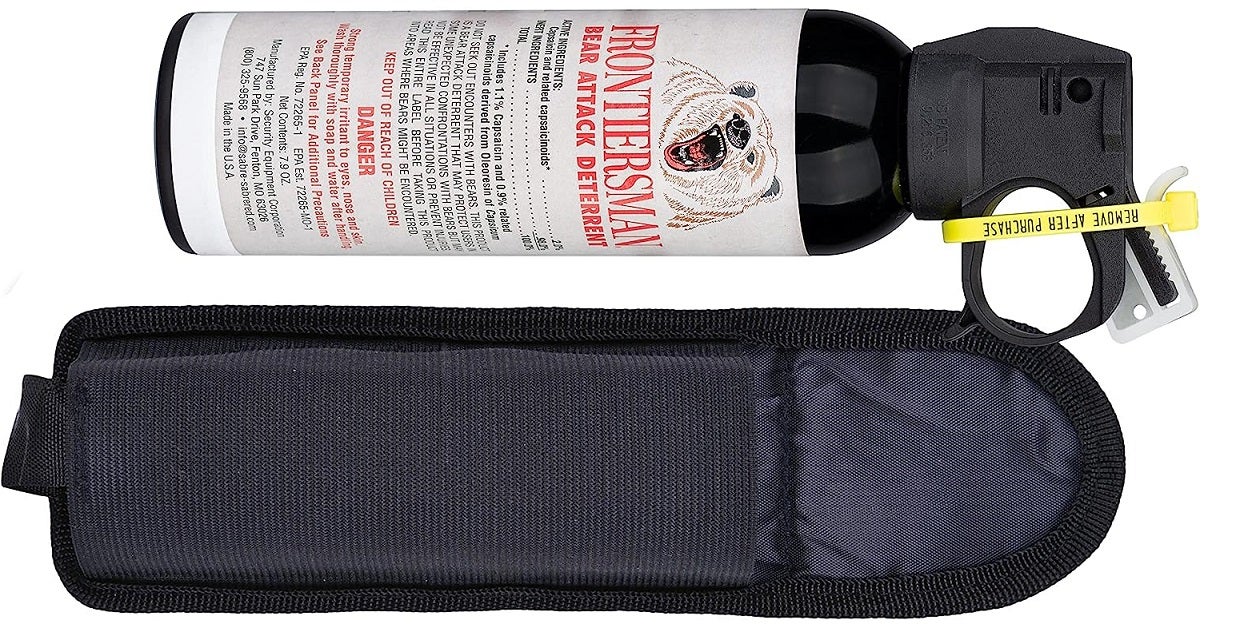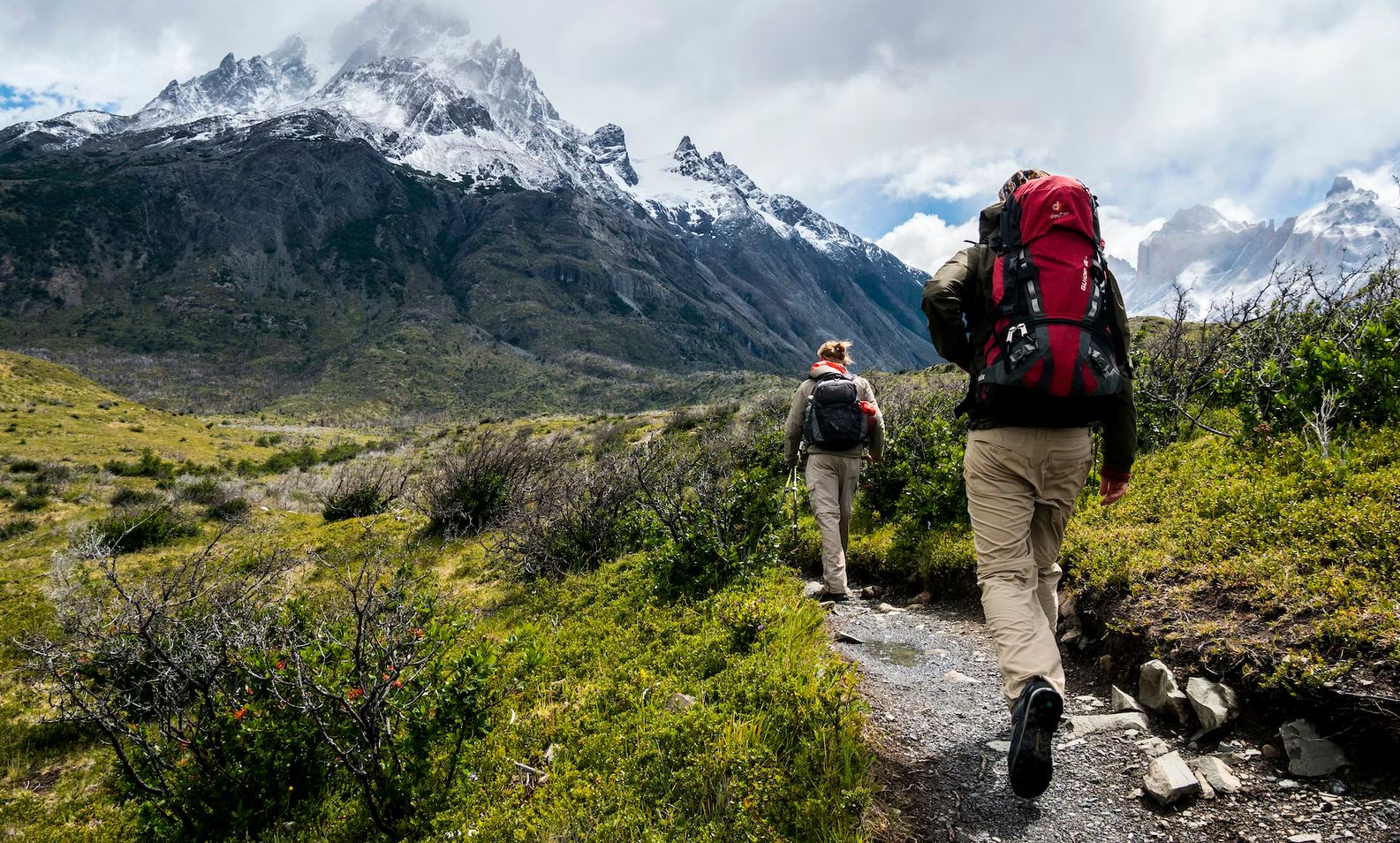Bear Aware: How to Safely Handle a Bear Encounter in the Great Outdoors
Travis Olander 08.24.23

Bears are big, bad, and potentially brutal… or, are they? Sure, there have been stories aplenty about the wayward camper or lone hiker being mauled, but that doesn’t mean you need to fear for your life every time you hike. Bears aren’t North America’s version of Africa’s man-killing lions. They have no innate urge to prey on people, but they can be deadly if an encounter is handled poorly. Here’s how to safely handle a wild bear encounter when you’re hiking.
Bear Coverage on AllOutdoor
- Bears Beware! Smith & Wesson Performance Center M&P 10mm M2.0
- New York State releases bear harvest numbers for 2022
- Wyoming To Petition For Delisting of Grizzly Bears
- Missouri Department of Conservation Approves 2021 Black Bear Hunt
Identifying Bear Species
The type of bear you encounter dictates how you handle the situation. Reacting incorrectly to the wrong species could mean you become a tasty snack. Thankfully, it’s easy to identify the different species of bears found in North America.
Black Bears
Black bears don’t universally grow black fur. They’re occasionally mistaken for brown bears because their coats can, in fact, appear brown, but black bears display other features that are distinct from brown bears. These key identifiers include:
- Pointed ears
- Straight face
- Sloped snout
- No shoulder hump
- Stands 5 to 6 feet tall
- Short claws (approx. 1.5″)
- Weighs 200 to 600 pounds
Black Bear Encounter
Stand your ground. DO NOT play dead. Black bears can be lethal, and they will attempt to kill weak prey. But they’re less aggressive and smaller than brown bears. In a physical confrontation with a black bear, a healthy, grown adult human can successfully fight back. If a black bear attacks, target the bear’s face and strike its nose and eyes. Any hard object can serve as a weapon. If you don’t have a knife or firearm, grab a trek pole, rock, or branch to fend off the bear.
Brown Bears (Grizzly / Kodiak)
Brown bears are unmistakable. They’re the species to fear most when encountered in the wild. Grizzly and Kodiak bears alike are more aggressive (and more prone to stalking perceived prey) than black bears. Brown bears can grow fur nearly as dark as a black bear’s, so focus on these other important features to distinguish them:
- Round ears
- Round face
- Flatter snout
- Shoulder hump
- Stands 7 to 8 feet tall
- Long claws (2″ to 4″)
- Weighs 600 to 1,000 pounds
Brown Bear Encounter
Stand your ground. PLAY DEAD if attacked. Any adult human will find themselves utterly outmatched by a brown bear’s strength and aggression. If attacked, you should first cover your head and neck with your hands and arms. Try to lay on your stomach with your legs spread. You should only attempt to fight back if the attack continues. When the attack ends, do not immediately rise. Remain still and make no noise. Unless you’re suffering a life-threatening wound, it’s recommend you remain still and silent for at least 10 minutes. This gives the bear time to put distance between itself and you. Getting up too soon while still in the vicinity of the bear will only provoke another attack.
No Matter The Bear, Follow These Steps
There are universal steps and safety measures you should take if you come across any brown or black bear. There are also key precautions that reduce your chances of a potentially deadly encounter.
Always Stand Your Ground
Running from any black or brown bear can trigger a predatory chase response. Retreating from a charging bear only tells it that you’re scared, vulnerable, and potentially weak. All bear species often conduct “bluff charges” when they encounter an unusual perceived threat, like a human. The bluff charge is nothing more than a scare tactic to intimidate you. When a bear bluff charges, it will run with its head and ears raised. This posture is an important distinction from an attacking charge. In that case, the bear will bound forward with its head lowered and ears pointed back.
In either case, always stand your ground. Most often, a charging bear will veer off, or stop and stand its own ground. When this happens, slowly walk backward and away from the bear, but never turn your back or climb a tree, and do not run.
Make Yourself Bigger
All bears size up their opponents and potential prey. The larger you appear, the less likely the bear is to attack. If you’re wearing outer wear, unzip and flare your jacket. Stand tall and stretch out your arms and legs.
Make Some Noise
Most bear attacks occur because of an unexpected encounter: A hiker or camper walked upon a bear, startling it and provoking an attack response. When you’re hiking and camping, make some noise. Talk loudly to those around you. It’s perfectly reasonable to occasionally yell or whistle in areas known to be populated by bears.
Be Ready to Use Spray
Bear spray is universally effective against all species. Even the largest and most aggressive Grizzly or Kodiak will end an attack once sprayed. It saved one Montana teen’s life during a Grizzly attack. Even on a well-trafficked trail, you should always hike with spray in bear country. Don’t wait for a potential charge when you encounter any bear. Retrieve your spray, remove the safety, and be ready to use it. It’s best to wait until the bear is within 10 meters to ensure the spray is effective. Always aim for the face.
Distance Yourself, Then Go Back
Never remain in the vicinity of any bear, especially if you see a sow or cubs. If you encounter any bear, your camp or hike is now over. Calmly and slowly put distance between you and the bear, and return to your prior location to report the encounter to others. Do not continue in the same direction.
Stay on Marked Trails
Bears don’t generally like people. To them, we’re unusual and potentially dangerous. Bears usually avoid heavily trafficked trails and, by staying on marked trails, you reduce the chances of spooking a bear in dense vegetation and untraveled forest.
Travel in Groups
Bears hunt prey like any other predator. Single prey is an easy target. A group is more difficult to pick apart. Even in a group of two, your chances of an encounter turning into an attack go down significantly.
Shooting in Defense
You may wonder: “Should I shoot during an attack?” The answer is yes, but only if you’re packing the right heat. We recommend .44 Magnum, at minimum, with hard cast lead or +P rounds.



